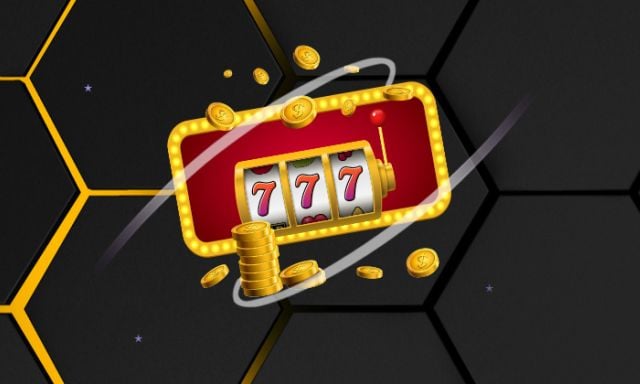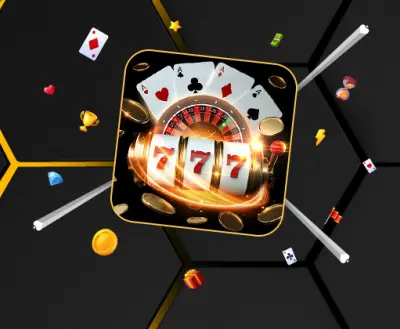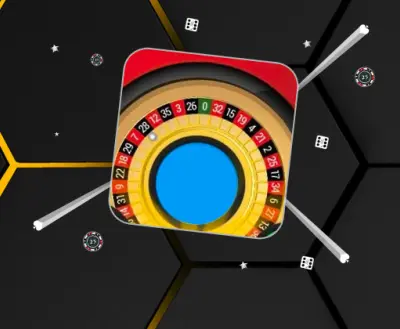Return to Player, usually abbreviated to RTP, is a term that’s regularly used in online casinos.
You don't need to understand what it means to be able to play, as it doesn't affect the rules of the game. However, knowing what RTP is and how it works is very useful, and could influence your choice of games.
The principles of RTP and how it works in practice are very simple - here’s what you need to know.
What does RTP mean?
RTP refers to the amount of money players can expect to get back from any slot. The figure is expressed as a percentage and makes it easy to compare the different payout rates of various games.
The average RTP is 95-96%. This means that a game with an RTP of 95% would - on average - pay out 95 for every 100 spent.
The problem with this is immediately apparent - why would anyone play a gambling game where the payout is less than the amount spent?
It’s a good question, and the answer is that RTP is never guaranteed. The RTP is calculated over a huge number of games, typically at least a million spins. Only by playing such a vast number of games is it possible to calculate what the true RTP is.
Of course, even the most enthusiastic players won’t spin the reels a million times in a single session! This means that the actual RTP experienced may be wildly different from the published RTP.
This is because, over a shorter session, the results won't have time to even out. Every spin carries the same chance of winning, so it's possible to hit a big win on the first turn. Equally, players could be spinning the reels for their whole session and barely register a win.
Therefore, the RTP should only ever be interpreted as a general guide of the payout rate. It's useful to check the RTP and compare it to other games; the slot with the highest RTP is the game that's likely to have the better payout rates. Remember, though, the RTP you get is never, ever guaranteed!
What Else Should Players Know?
Although RTP is a very useful casino concept to understand, it’s even better when the volatility is factored in.
As we described above, the RTP covers how much overall the game is likely to pay out. The volatility of a slot tells you how often these payouts are likely to be.
A low volatility slot will pay out much more frequently, as a general rule. A high volatility slot will tend to have fewer wins. However, the value of the wins for low volatility slots will typically be much lower than the value of high volatility wins.
This means that playing a high volatility slot, a player could experience longer dry spells without a win, but then land a bigger payout.
Similarly to the RTP, the level of volatility is based on a large number of spins and the experience during a single session may be significantly different.
RTP and Volatility Are Both Important
By looking at both the RTP and the volatility together, it’s possible to make an informed guess about how often the slot will pay out, and how much.
A higher RTP is always preferable, as it suggests that overall the slot pays out more. Low or high volatility, however, is just a matter of personal preference. Smaller, regular wins or less frequent, larger wins - the choice is yours!







